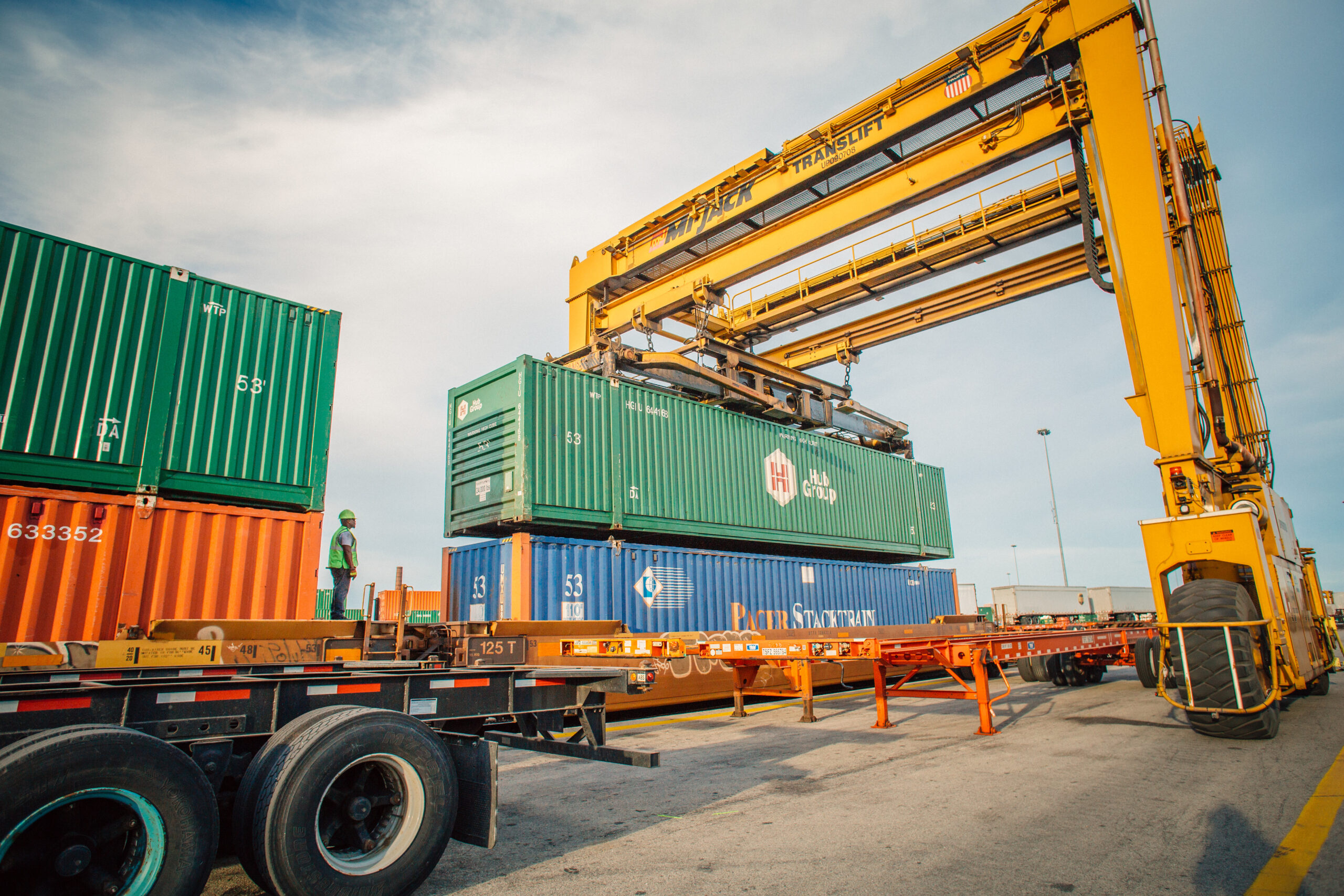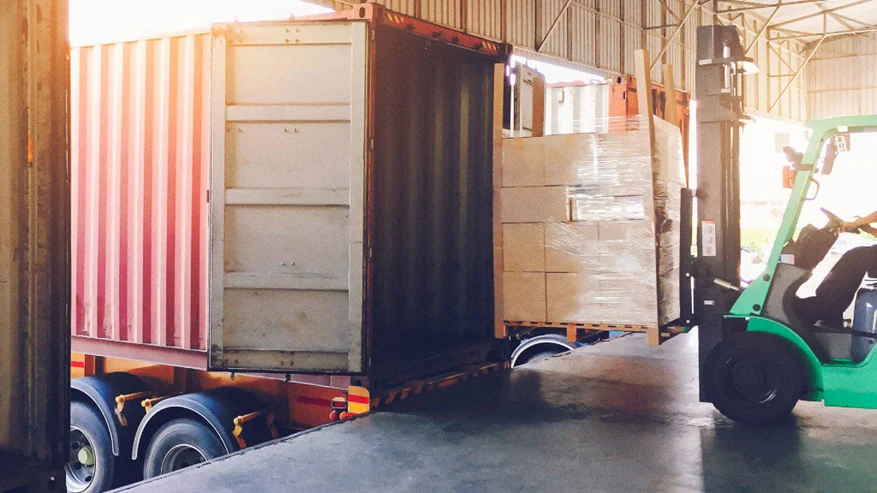As the logistics and transportation industry continues to evolve, the demand for efficient and cost-effective shipping solutions has never been higher. Intermodal containers have become an essential component of global trade, allowing for the seamless movement of goods from one mode of transportation to another. However, with so many options available, selecting the right intermodal container can be a daunting task for businesses and logistics professionals.
In this comprehensive guide, we’ll delve into the world of intermodal containers, exploring the various types, sizes, and materials available. We’ll also examine the key factors to consider when choosing the right container for your specific needs, including dimensions, capacity, and security features.
What are Intermodal Containers?
Intermodal containers are standardized containers designed for efficient and secure transportation of goods between modes of transportation, such as ships, trains, and trucks. They are typically made of steel or aluminum and are equipped with locking devices to secure the contents during transit.
Intermodal containers come in a variety of sizes, with the most common being 20-foot and 40-foot units. These containers can be easily swapped between different modes of transportation without the need for re-loading or re-packing, making them an attractive option for shippers looking to optimize their logistics operations.
Types of Intermodal Containers
- Dry Containers: These are the most common type of intermodal container and are used for shipping non-hazardous goods. They come in a variety of sizes, including 10-foot, 20-foot, and 40-foot units.
- Refrigerated Containers: These containers are designed for shipping perishable goods that require temperature control. They are equipped with refrigeration units and are typically used for shipping food and pharmaceuticals.
- Tank Containers: These containers are used for shipping liquids and gases. They are designed to prevent leakage and are typically used for shipping hazardous materials.
- Flat-Rack Containers: These containers are designed for shipping oversized or irregularly shaped goods. They have a flat deck and can be used for shipping heavy or bulk cargo.
- Open-Top Containers: These containers have a removable roof and are used for shipping oversized or bulky goods.
Factors to Consider When Choosing an Intermodal Container
- Dimensions: The size of the container will depend on the type of goods being shipped and the available space on the vessel or truck.
- Capacity: The capacity of the container will depend on the size of the goods being shipped. A larger container may be needed for heavier or bulkier cargo. Challenges in intermodal transportation
- Security Features: Intermodal containers should be equipped with locking devices to secure the contents during transit.
- Material: Intermodal containers can be made from a variety of materials, including steel, aluminum, and wood.
- Condition: The condition of the container will depend on its age, usage history, and maintenance record.
- Certification: Intermodal containers must meet international safety standards and regulations.
How to Choose the Right Intermodal Container Size
The size of the intermodal container will depend on the type of goods being shipped and the available space on the vessel or truck. Here are some general guidelines:
- For smaller shipments, a 20-foot container may be sufficient.
- For larger shipments, a 40-foot container may be necessary.
- For heavy or bulky cargo, a flat-rack or open-top container may be required.
How to Choose the Right Intermodal Container Type
The type of intermodal container will depend on the type of goods being shipped and the level of security required. Here are some general guidelines:
- For dry goods, a standard dry container may be sufficient.
- For perishable goods, a refrigerated container may be necessary.
- For hazardous materials, a tank container may be required.
How to Choose the Right Intermodal Container Material
The material of the intermodal container will depend on the type of goods being shipped and the level of durability required. Here are some general guidelines:
- For general cargo, a steel or aluminum container may be sufficient.
- For high-value or sensitive cargo, a wood or specialty material container may be required.
How to Choose the Right Intermodal Container Condition
The condition of the intermodal container will depend on its age, usage history, and maintenance record. Here are some general guidelines:
- For new shipments, a new or like-new container may be required.
- For older shipments, a used container with a good maintenance record may be sufficient.
Conclusion
Choosing the right intermodal container is a critical decision that requires careful consideration of several factors. By understanding the different types, sizes, and materials available, as well as the key factors to consider when making a selection, businesses and logistics professionals can optimize their logistics operations and ensure safe and efficient transportation of goods.
Frequently Asked Questions
- Q: What is the most common size of intermodal container?
A: The most common sizes of intermodal containers are 20-foot and 40-foot units. - Q: What is the purpose of an intermodal container?
A: The purpose of an intermodal container is to facilitate efficient and secure transportation of goods between modes of transportation. - Q: What are some common types of intermodal containers?
A: Some common types of intermodal containers include dry containers, refrigerated containers, tank containers, flat-rack containers, and open-top containers. - Q: What should I consider when choosing an intermodal container?
A: When choosing an intermodal container, consider factors such as dimensions, capacity, security features, material, condition, and certification. - Q: How do I choose the right intermodal container size?
A: The size of the intermodal container will depend on the type of goods being shipped and the available space on the vessel or truck.
References
- International Chamber of Shipping (ICS)
- International Maritime Organization (IMO)
- Federal Maritime Commission (FMC)
- United States Customs and Border Protection (CBP)
- World Shipping Council (WSC)
Note: This article is intended for informational purposes only and should not be considered as professional advice. It is always recommended to consult with a qualified logistics professional or equipment expert when making decisions regarding intermodal containers.



